When it comes to unloading a 401 tank trailer, it’s vital to understand the intricate processes involved. Whether you’re transporting liquids such as fuel, potable water, or chemicals, a safe and efficient unloading procedure can significantly enhance operational efficiency and safety. In this guide, we will delve into the multiple steps, equipment considerations, safety measures, and maintenance routines crucial to the unloading process, while also considering user intent and addressing common queries.
Understanding the 401 Tank Trailer
A 401 tank trailer is a specialized vehicle designed for transporting liquids. Its configuration can vary based on the specific liquids it carries and the regulations governing its use. The tank is usually constructed from durable materials, ensuring that it can withstand the pressures generated by the contents, while also facilitating easy unloading.
Key Features of a 401 Tank Trailer
| Feature | Description |
|---|---|
| Material | Usually made from aluminum or stainless steel |
| Capacity | Designed to hold up to 4,000 gallons of liquid |
| Loading Mechanism | Gravity-fed or pump-assisted depending on the setup |
| Safety Systems | Equipped with valves, vents, and anti-siphon measures |
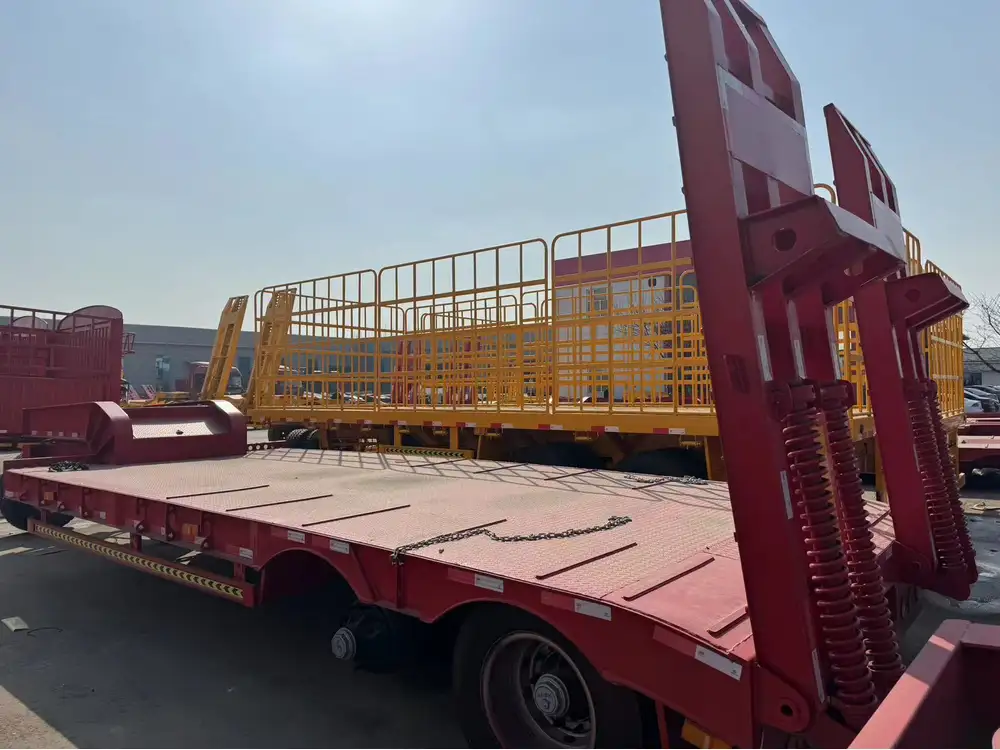
Preparing for the Unloading Process
Before initiating the unloading process, a systematic approach is essential. Preparation minimizes risks and ensures compliance with safety protocols.
Step 1: Conduct Preliminary Inspections
Prior to unloading, conduct a thorough inspection of both the trailer and unloading site. This includes:
- Checking Seal Integrity: Ensure that all seals and connections are secure to prevent leaks.
- Hose and Equipment Inspection: Examine hoses for wear, cracks, or damage. Replace if necessary.
- Assessing Site Conditions: Inspect the unloading area for accessibility and safety, ensuring there are no obstructions.
Step 2: Ensure Adequate Drainage and Spill Containment
The unloading area must be well-drained, equipped with containment measures to capture any potential spills. Consider these elements:
- Containment Booms: Utilize these to absorb any spills that may occur during the unloading process.
- Drainage Systems: Ensure that any liquid spilled during unloading can be swiftly drained away, minimizing environmental hazards.
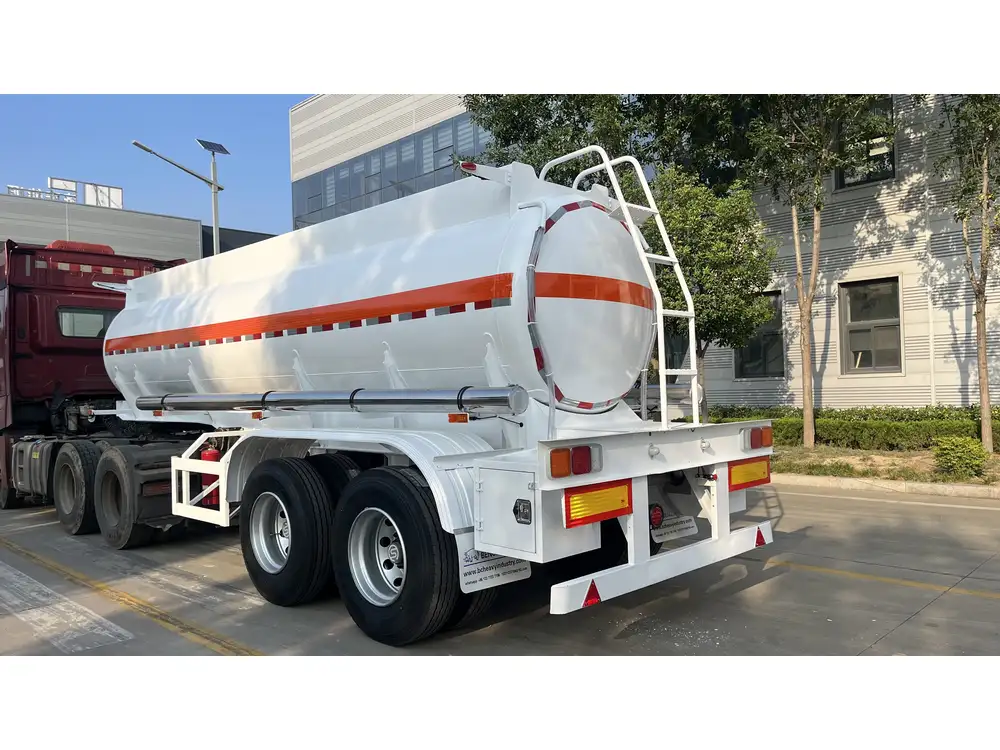
Step 3: Prepare the Equipment
The unloading equipment must be arranged and tested prior to starting the unload:
- Pumps: Confirm that pumps are operational and appropriately sized for the liquid being unloaded.
- Valves and Hoses: All valves should be in proper working condition, and hoses should be connected securely.
The Unloading Procedure
Once you’re prepared, follow these steps to unload effectively and safely.
Step 4: Position the Tank Trailer
Place the tank trailer in a location that ensures:
- Stability: Use wheel chocks to prevent the trailer from rolling.
- Accessibility: Ensure that hoses can reach the storage tank or location where the liquid will be transferred.
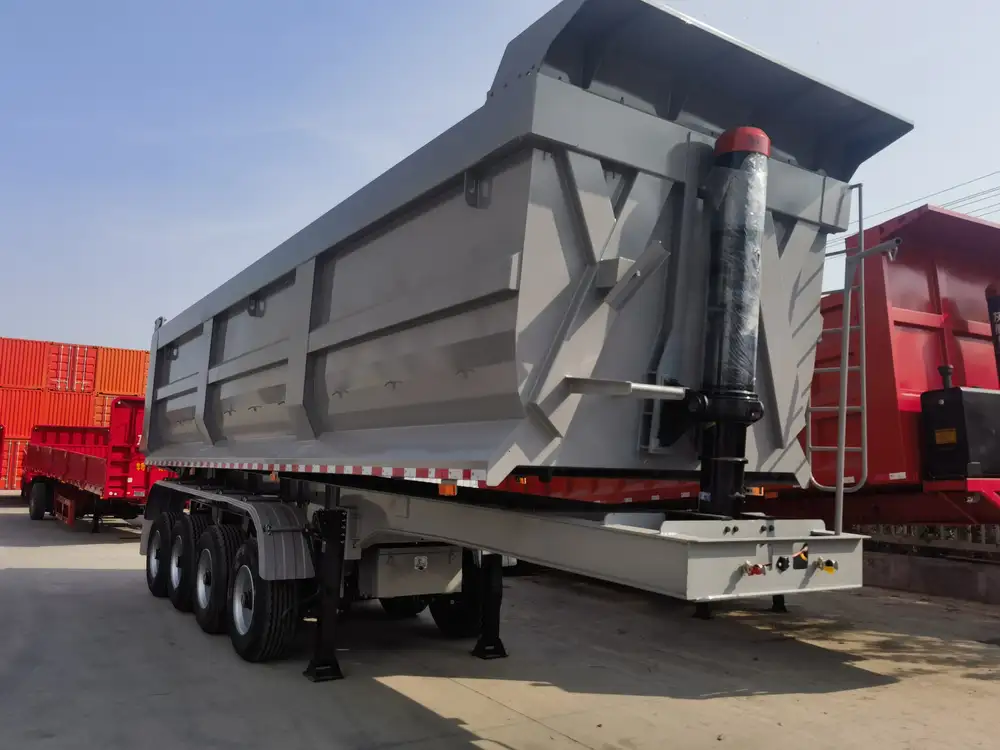
Step 5: Connect the Unloading Hoses
- Attach the Hoses: Securely fasten the unloading hoses to the trailer’s discharge outlet, ensuring that all connections are tight.
- Check Valves: Open the valves slowly and ensure that they are functioning correctly.
Step 6: Begin the Unloading Process
There are two primary methods to unload liquids from a 401 tank trailer: gravity unload and pump assist.
Unloading by Gravity
- Utilize Gravity Feed: For certain liquids, positioning the tank trailer on an incline may enable gravity to facilitate unloading.
- Monitor Flow: Observe the flow rate and adjust the valve openings accordingly to maintain control.
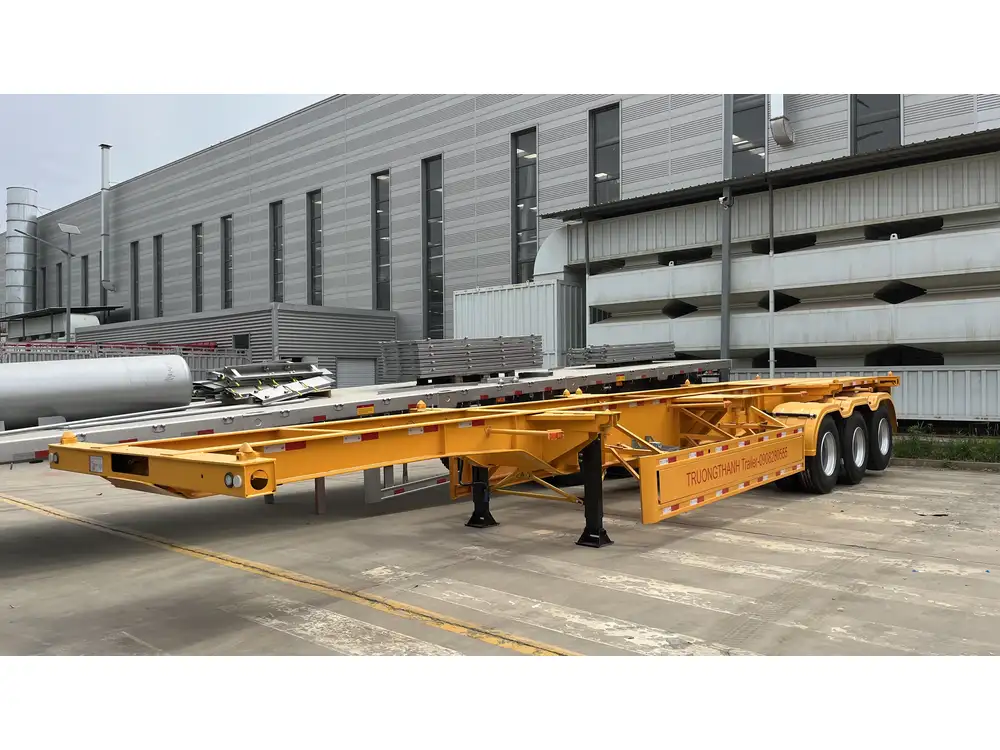
Unloading by Pump
- Initiate Pumping: Turn on the pump and monitor it closely to ensure that the flow is steady and without obstruction.
- Adjust Flow Rate: If necessary, adjust the speed of the pump to match the storage tank’s capacity.
Step 7: Monitor for Problems
As the unloading process progresses, continually check for potential issues:
- Leak Detection: Keep an eye on the hose connections and the tank for any signs of leakage.
- Flow Regulation: Make adjustments if you notice irregularities in the flow rate.
Step 8: Complete Unloading
Once the liquid has been unloaded:
- Turn Off Equipment: Shut down the pumps or close valves as necessary.
- Disconnect Hoses: Carefully detach hoses, ensuring that no residual liquid is spilled during this process.
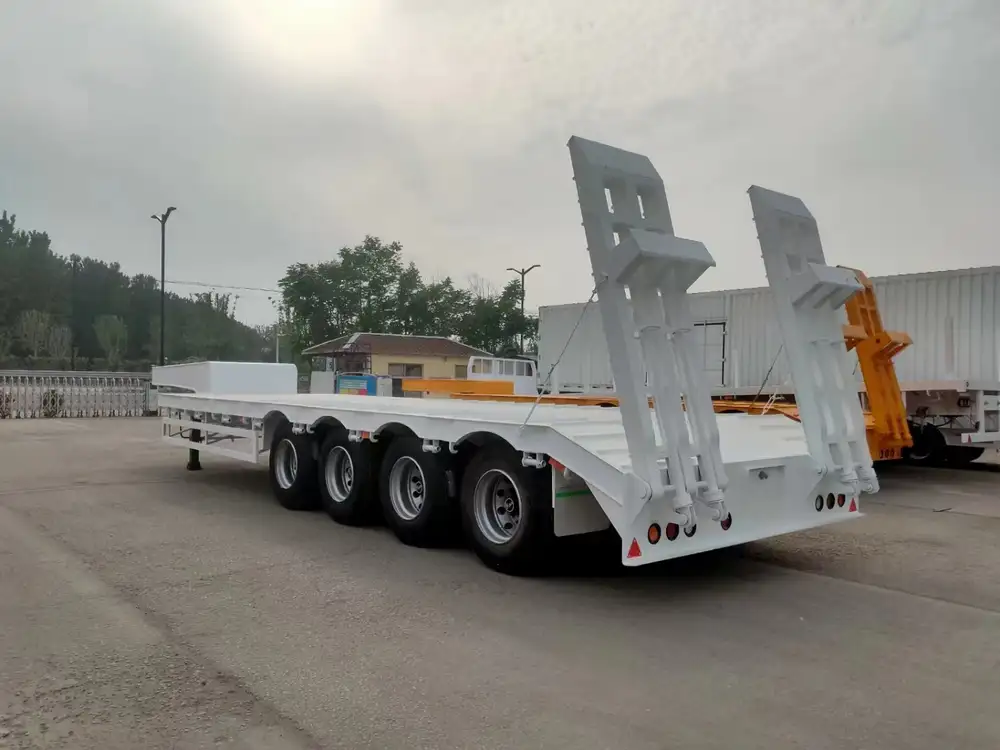
Post-Unloading Procedures
After the unloading is complete, focus on site clean-up and equipment maintenance.
Step 9: Site Clean-Up
- Remove Containment Measures: Safely dispose of any absorbent materials used during the unloading process.
- Inspect Site: Conduct a final check of the area to ensure it’s clean and free from residual liquid.
Step 10: Hoses and Equipment Maintenance
- Clean Hoses: Rinse out hoses to prevent residue build-up which may affect future operations.
- Inspect Equipment: Check for wear and any damage that might require attention.
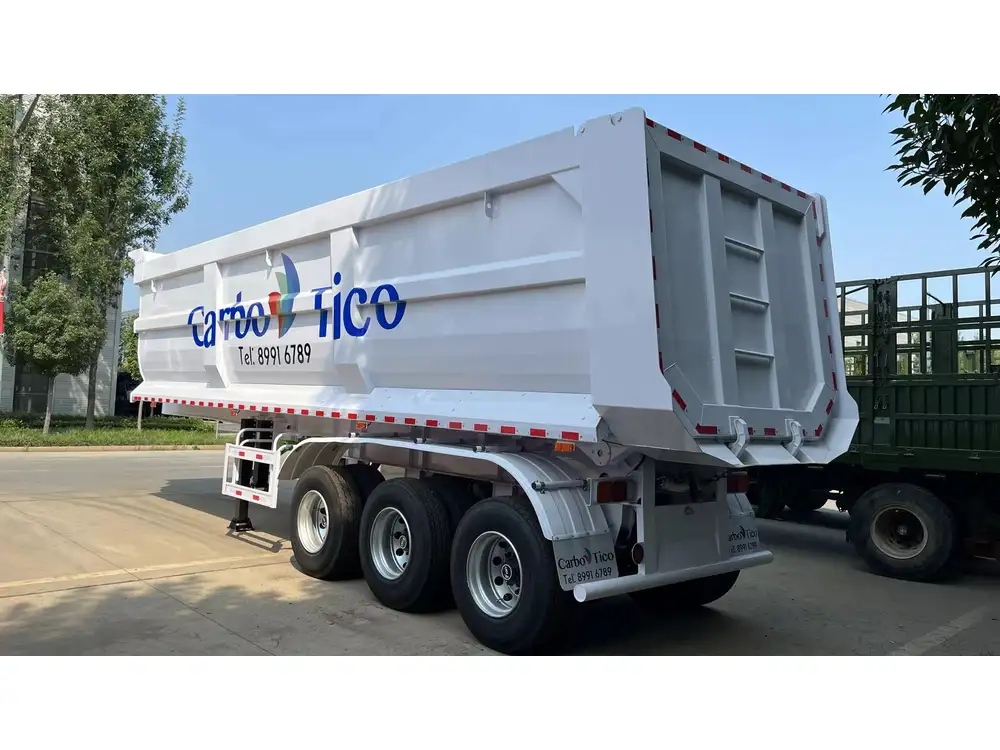
Safety Considerations
Maintaining safety is paramount during the unloading process. Here are essential safety considerations:
Personal Protective Equipment (PPE)
Ensure that all personnel are equipped with appropriate PPE:
- Gloves: To protect against chemical exposure and ensure a secure grip.
- Goggles: Eye protection is crucial—liquids can splash unexpectedly.
- Respirators: When dealing with hazardous materials, ensure appropriate respiratory protection is available.
Emergency Protocols
Establish clear emergency response protocols in case of spillage or accidents:
- Spill Response Kits: Make sure spill kits are readily available on-site.
- Training: Regularly train staff on emergency procedures to ensure swift action.
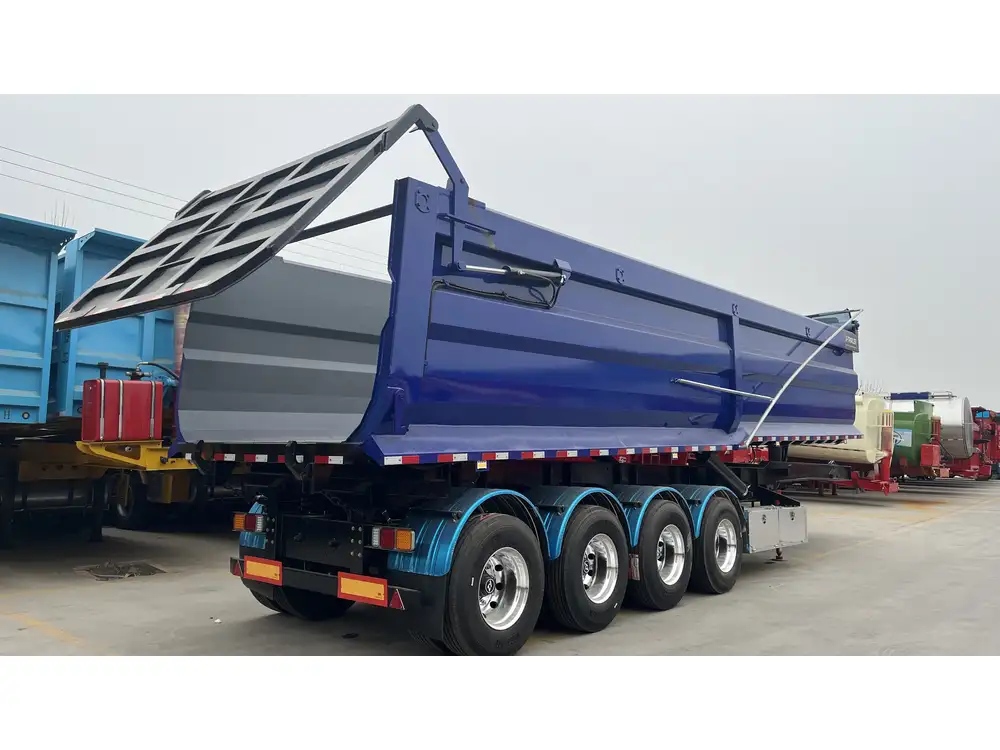
Addressing Common Queries
What types of liquids can I transport in a 401 tank trailer?
- A 401 tank trailer can carry various liquids including fuel, chemicals, and potable water, depending on design specifications and safety regulations.
How can I prevent leaks during unloading?
- Regular inspections, using high-quality seals and fittings, and following proper unloading procedures can significantly reduce the risk of leaks.
What should I do if a spill occurs?
- Activate your emergency plan immediately, use spill containment materials, and report the incident as per your company’s protocol.
How often should I maintain my 401 tank trailer?
- Routine maintenance should be conducted regularly, with thorough inspections following each use.
Conclusion
Successfully unloading a 401 tank trailer requires meticulous attention to detail, adherence to safety protocols, and effective communication among team members. By following the structured approach outlined in this guide, we aim to mitigate risks, enhance efficiency, and ensure that operations are carried out safely and effectively. Investing the necessary time to prepare, execute, and follow up on the unloading procedures will ultimately lead to sustained operational excellence and safety in the transportation of liquids.



